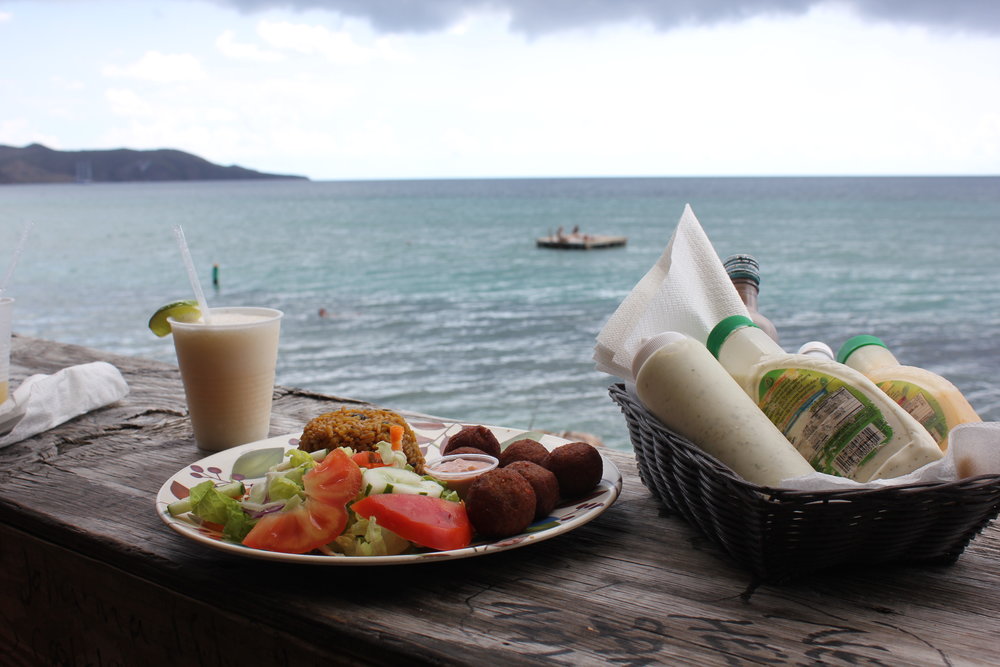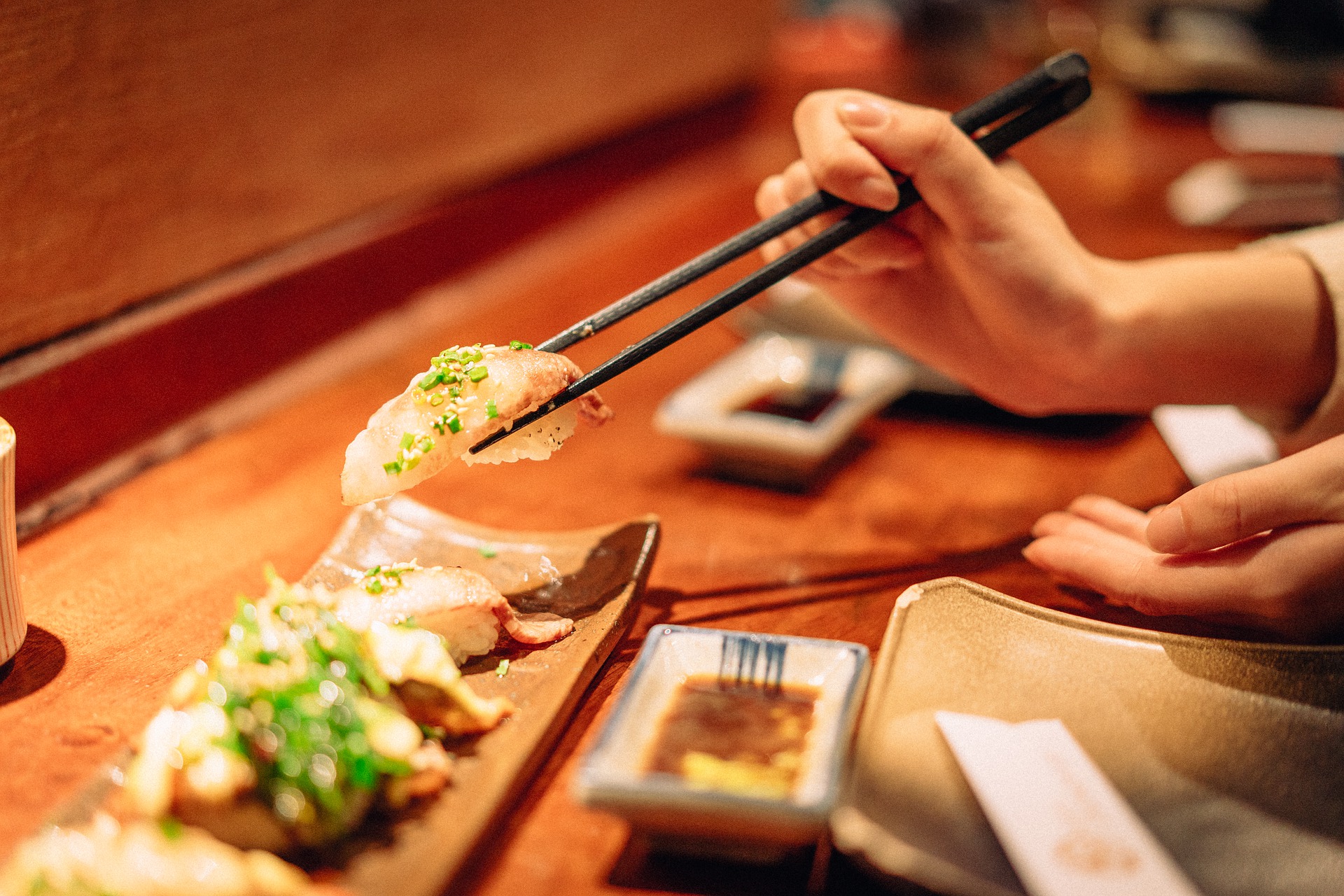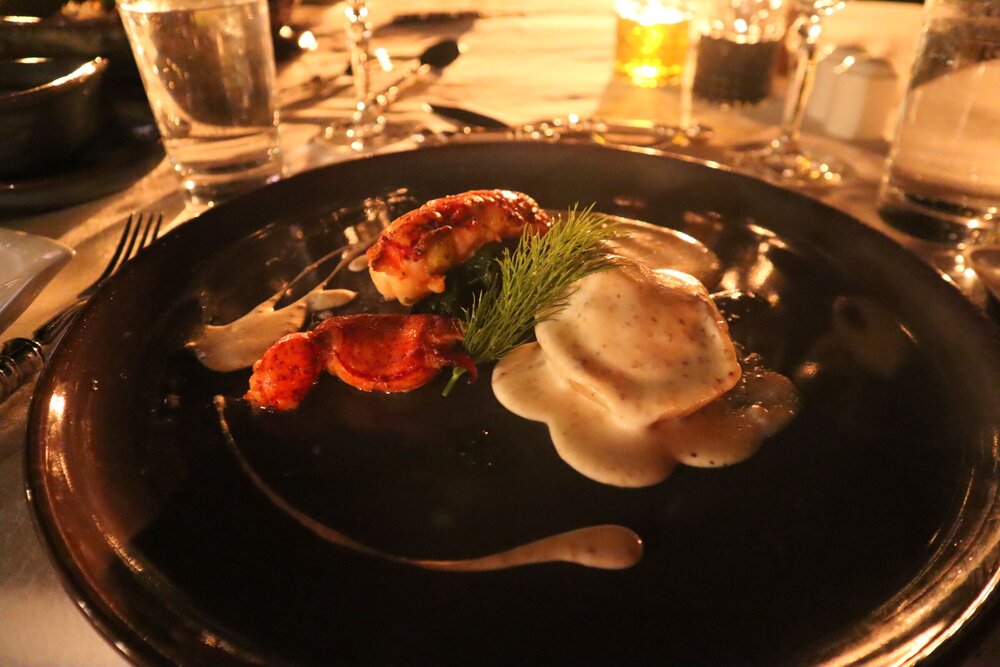If you haven’t thought about the local tipping practices of a place you are visiting until after you have finished your first meal and the check arrives, you wouldn’t be alone.
Here in North America, tipping is a major component for dining, and we tend to tip 15% to 20% based on the service that is received. However, it’s not always the same in other places around the world.
Generally speaking, as tourism from Western countries grows, so do the expectations of tipping, but that’s not to say that tipping is required or welcomed everywhere.
There are some vastly different rules for proper tipping etiquette that vary from destination to destination. Understanding restaurant tipping culture around the world can help you leave a good impression for every place you visit.
In This Post
North America
I’m sure we have all experienced tipping first-hand here at home, so we should all be familiar with the tipping practices here, as it is still a major part of restaurant dining in North America.
In all parts of North America, tipping culture for the most part is the same with 15–20% being the norm. This is due to the structure of the wages for workers that receive tips.
On occasion, establishments may include a service charge on the bill, but this practice usually occurs only for larger parties, and is dependent on the venue.

Europe
While there is tipping in European countries, it’s not the same as it is in the US. Most European countries will add a service charge to your bill.
You’ll find this to be true in France, Spain, Germany, the UK, Czech Republic, Ireland, Portugal, and Hungary. However, if there is no service charge applied to your bill, you can leave between 5–10% in local currency unless your service or food (or both) was dreadful.
For Austria, Italy, and Russia, there won’t always be a service charge or an expectation of a tip.
In Italy specifically, if coperto is written on your bill, it means there’s a cover charge. If you’d like to give your server something special for their stellar service, you can give them a cash tip directly, as that cover charge may not make its way to the wait staff.
In the Scandinavian countries, which are already expensive, you’ll find you get a break from tipping here. Tips are not expected and the overall price of the meals you’ll get at restaurants amply covers it.

Central and South America
For popular destinations such as Mexico, Argentina, Peru, and Nicaragua, you’ll often find a service charge added to your restaurant bill. However, if you want to acknowledge excellent service, you can give a tip between 10–15% if you’d like.
As for Chile, Brazil, and Costa Rica, you may see a 10% added charge for dining in, so tips are not expected. But you can give a small additional tip if you’d like to do something a little more.
When it comes to the Caribbean, you’ll want to look over your bill to see if gratuity has been added in the form of a service charge. If it’s not, a 15–20% tip when dining at sit-down restaurants would be very well received.

Asia
Asian countries tend to have less emphasis on tipping. For China, Taiwan, Singapore, and Myanmar, it’s not at all expected for patrons to leave a tip.
In more recent years due to globalization and greater numbers of tourists from North America, you may see some of the more upscale places in China’s larger cities like Shanghai accept small tips if you offer them.
However, note that in some of these Asian countries, it has been documented that tips do not make it to the server and instead go directly to the restaurant owner.
Similarly, throughout Southeast Asian countries like Vietnam, Thailand, Indonesia, Cambodia, and Malaysia, wait staff have grown used to receiving tips from travellers that arrive from countries with tipping cultures. However, tips aren’t expected, so there won’t be any hard feelings if you don’t leave one.
As for India, tipping is not a traditional part of the culture, yet tourists have pampered wait staff to the point that they’ve become used to it. You’ll likely see a service charge on your bill, but if not, you can leave 5–10% in more established restaurants. For informal places, you can round up the bill.
In both Japan and South Korea, tipping is not part of the customs. For South Korea, you won’t offend the wait staff by tipping, though it may be declined. However, in Japan, if you do decide to leave a tip, offense may be taken as it’s considered rude in Japanese culture.
The philosophy behind this is that leaving a tip may imply that a high level of service would not be received if not for a gratuity. Therefore, by leaving one, a guest indicates that they did not expect to have good service in the first place.

Middle East
Tipping is popular in restaurants in the United Arab Emirates, Jordan, Saudi Arabia, and Qatar. It’s welcome, but not mandatory, to leave 10–15% at the end of your meal.
For Dubai, a 10% service charge is often added to the bill at restaurants, though many still leave an additional tip. Therefore, dining out in Dubai can get quite expensive, so be sure to plan your budget well!
Restaurants in Israel often include a 10% service charge, so there’s no need to leave an additional tip if this fee is already added. Check your bill while there for that service charge so you don’t double tip.

Africa
When visiting South Africa, Egypt, or Morocco, you’ll find that restaurants usually add a 10% service charge onto your bill. But for those places you dine at that don’t include this fee, you can leave a discretionary 10–15% to show you enjoyed the food and service.
Across the rest of Africa, tipping isn’t expected, but it will be immensely appreciated in smaller restaurants. For upscale dining, 10–15% tip after a good meal is a thoughtful gesture.

Australia
For Australia and neighbouring New Zealand too, tipping in restaurants isn’t expected, as those in hospitality are paid a decent wage. Adding 10–15% in a tip is a lovely gesture, though, if the experience was outstanding.
Should you have the pleasure of visiting the islands of the South Pacific while in this corner of the world, the indigenous cultures there do not uphold the practice of tipping.
However, there are a few high-end restaurants around those parts that may knock your socks off with the food and service. In that case, you can add a 10% tip to your overall bill, though they will not expect that you do so.

My Thoughts on Tipping at Restaurants When Travelling
North America’s tipping culture has historically functioned as a way of subsidizing the income of service industry workers.
Obviously, the biggest pro when it comes to tipping from the perspective of the restaurant staff is that it puts more money in their pocket. From the perspective of the restaurant owner, they don’t have to pay their staff a higher wage, which effectively saves them money.
So the hospitality industry has a compelling reason to push the tipping agenda, and I’m sure many of us have seen North American tipping standards jump from 10–15% to 15–20% in the last few years – and as of even more recently, verging on 18–22%.
Now, as minimum wage increases across North America, and the disparity between tipped and non-tipped minimum wages decreases, the question arises: do we still need to leave a 15–20% tip on our meals?
In my opinion, tipping culture places unwanted and undesired social pressures on restaurant patrons. Moreover, it acts as an excuse for business owners to underpay their staff and place the onus of a livable wage on the patrons of their restaurant.

It may be hard to believe that someone who relied on tips for the better part of a decade could be speaking out against the tipping culture, but I genuinely believe tipping provides minimal upside and an abundance of downside.
When I first started working in a restaurant, I thought tips where great, and finishing my shift with extra in my pocket seemed like quite the reward for my added efforts in the workplace.
In spite of that, the more time I spent in the industry, the more I found myself behaving differently towards guests based on what I thought they were going to tip, long before the bill was placed in front of them.
I felt my passion for food & wine and the desire to deliver top-notch customer service dwindle away in the pursuit of earning a few extra dollars.
That’s why I came to hold the view that tips should be based on the quality of service that is received, and any tips given should be voluntary as a form of gratuity and not due to external pressures. This creates a more hospitable environment, not only for guests, but the restaurant staff as well.
Therefore, I earnestly believe that the exporting of North American tipping culture to other countries provides no benefit.
In my opinion, we should move towards the status quo of places like Europe and Australia, where employees are paid a higher wage and therefore not reliant on tips, where tipping is not mandatory but a token of appreciation towards good service.
When I travel, I take pride in embracing and engaging in the culture of the destination I am visiting, and tend to conform to the tipping practices of that place.
I think it’s important to preserve the values and norms of a society you are a guest in, and while some workers have been accustomed to the tipping practices of Western tourists, it isn’t a standard I like to reinforce when visiting other countries.
Conclusion
While tipping varies in some places and is nonexistent in others, it’s a good rule of thumb to check out what the tipping culture is like before you arrive.
Tipping culture is also prone to change over time, as the tourism industry can shape the economy of different countries around the world. You surely don’t want to offend someone by leaving one or even not leaving one after your dining experience.
If ever in doubt about whether to leave a small gratuity for your server, simply asking them would be a great way to clear up any uncertainties, and you can always round up your bill to show your gratitude.
What are your thoughts on tipping at restaurants when you travel? I know that this is a widely debated topic, and I would be interested to know your thoughts in the comments below.




















America is a giant country of beggers. Tipping your hairstylist, taxi cab driver, uber driver, server, waiter, barista, GoFundMe (because healthcare sucks). It’s permeated our entire society. it’s sad because that means the levers of power can and do pay less to their staff because of this embedded culture
Mexico is part of North America not Central America.
Great article. I’ll be referring to it before any trip to a new country.
Aussie here 🙂 In Sydney our servers make about $24 an hour which is well above the states minimum wage of just under $17. While a tip is always appreciated, its never expected. We give our best regardless of what you leave! That being said, when I traveled to America, the “forced” tipping culture was hard to swallow. I’ve heard horror stories of servers throwing full blown tantrums if they receive anything less than 18% – its not our responsiblity as a customer to pay a servers wages! Unfortunately this is a hangover from the great depression when the mafia used to “grease the wheels” with generous tips. Many restaurant owners at the time could not afford to pay their staff properly. This cutom should have died out long ago. A tip should be a token of appreciation for service that went “above and beyond” what is considered normal and should never be expected.
Recently bought a bag of chips and a cookie at a café. To be honest I was insulted that the machine asked for a tip.
And I also wouldn’t group Canada with the USA in this case. Many American servers legitimately don’t earn much. Canadian servers tend to get a higher minimum wage in general. As such I typically have noticed higher tips in the US.
Great post to help us be good travellers. There are a myriad of views on this topic combined typically with very strong opinions. I’ve given up trying to figure out what’s best and just want to do what’s right and expected in any food service encounter and your post achieves that for me.
Thanks for reading Richard and I appreciate your comment, it indeed is a difficult topic to navigate around.
Good point that they may serve you differently based on their assumption how you are going to tip long before the actual bill. Here are some stereotypes found in Google. They say best tippers tend to be people who work, or have worked in the food industry and also drunk soldiers who come in in big groups. Blue collar workers that come with their families are generous and friendly. Businessman are good with a standard tip. Regular guests are best tippers (makes sense). Some also say that middle aged, low or middle class women tend to tip less. But the cowboys are the worst.
I have never seen a cowboy in a restaurant, but that is an interesting stereotype.
I definitely agree that hospitality workers and regulars are very good tippers.
Tippings culture should be changed entirely. No one should be paying salary on behalf of restaurant owners, pay staff higher wages and if it means to increase the price on the menu by 10-25% to stay profitable by all mean. How do you justify tipping restaurant staff but not people working in fast food, retailers or call centre etc. they also provide services to you?
It really should just be an automatic surcharge on all bills. It’s a tax plain and simple.
Couldn’t agree more!
Tipping needs to be tossed over the balcony railing, and die a quick and sudden death.
What a terrible, and ill-conceived practice.
Haha, tipping is a great way to show your appreciation to the service you received and has its place, I just have strong disagreements how it’s effectively forced on us as consumers.
Well done and a good reference for future travel. I agree tipping in north America it is trending the wrong direction as wages increase and inflation is also on the upswing.
Thanks for reading and commenting Gary 🙂
Great Post !
My wife is from AUS and she finds it very hard to tip outside of restaurants and SPAs/Salons.
I’m from Quebec originally, now I live in BC and I tip my car and bike mechanics, taxi drivers and very often for TakeOut.
It’s hard to justify giving a tip to a car mechanic as they probably make $40/hour or more but I see it as a “token” to say thank you. ($10 on a $400 bill is a very small percentage but I think it goes a long way.
During COVID my tips have gone from 15%-20% to 25-30%
I can definitely understand where your wife is coming from, when I lived in Sydney during 2014/15 I was making $25 – $30/hour depending on the award rate. Earning a better income makes things as a hospitality worker so much easier.